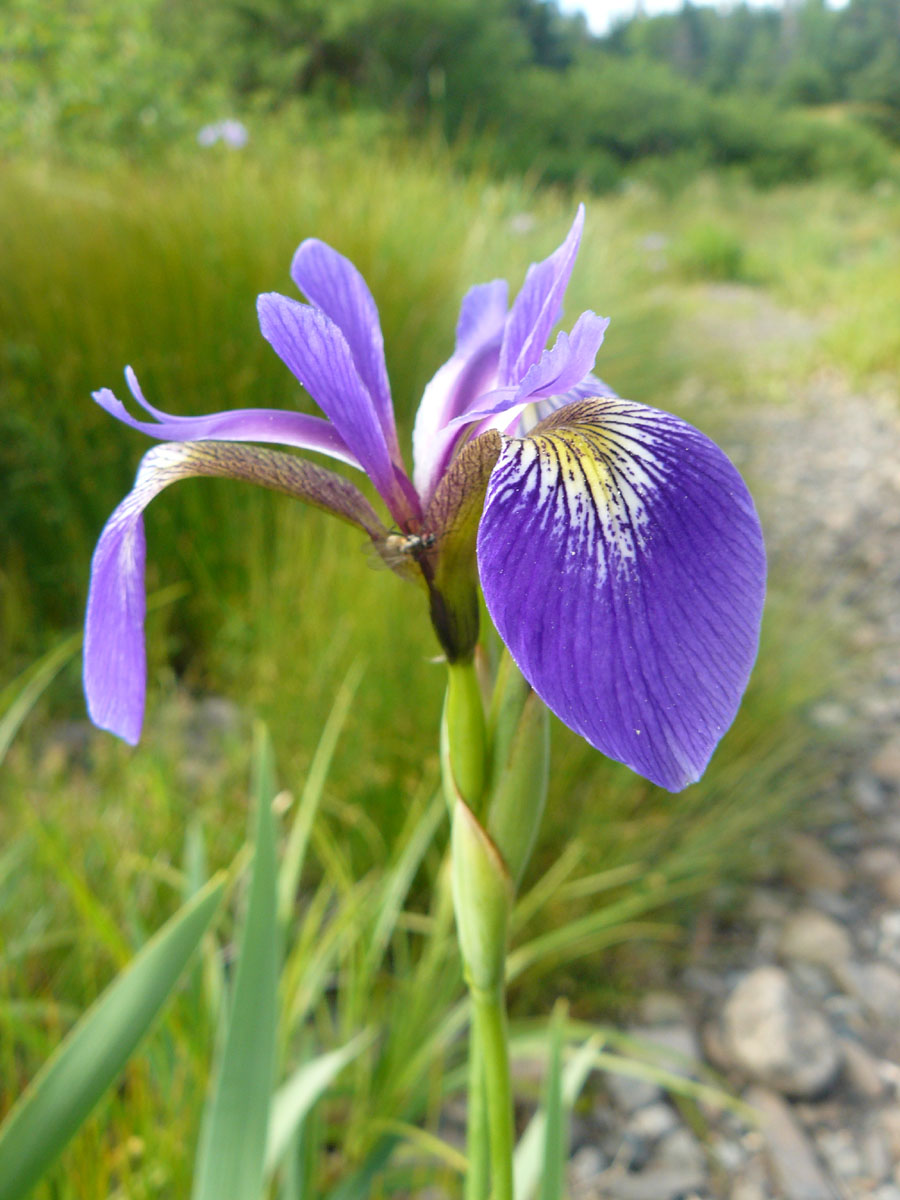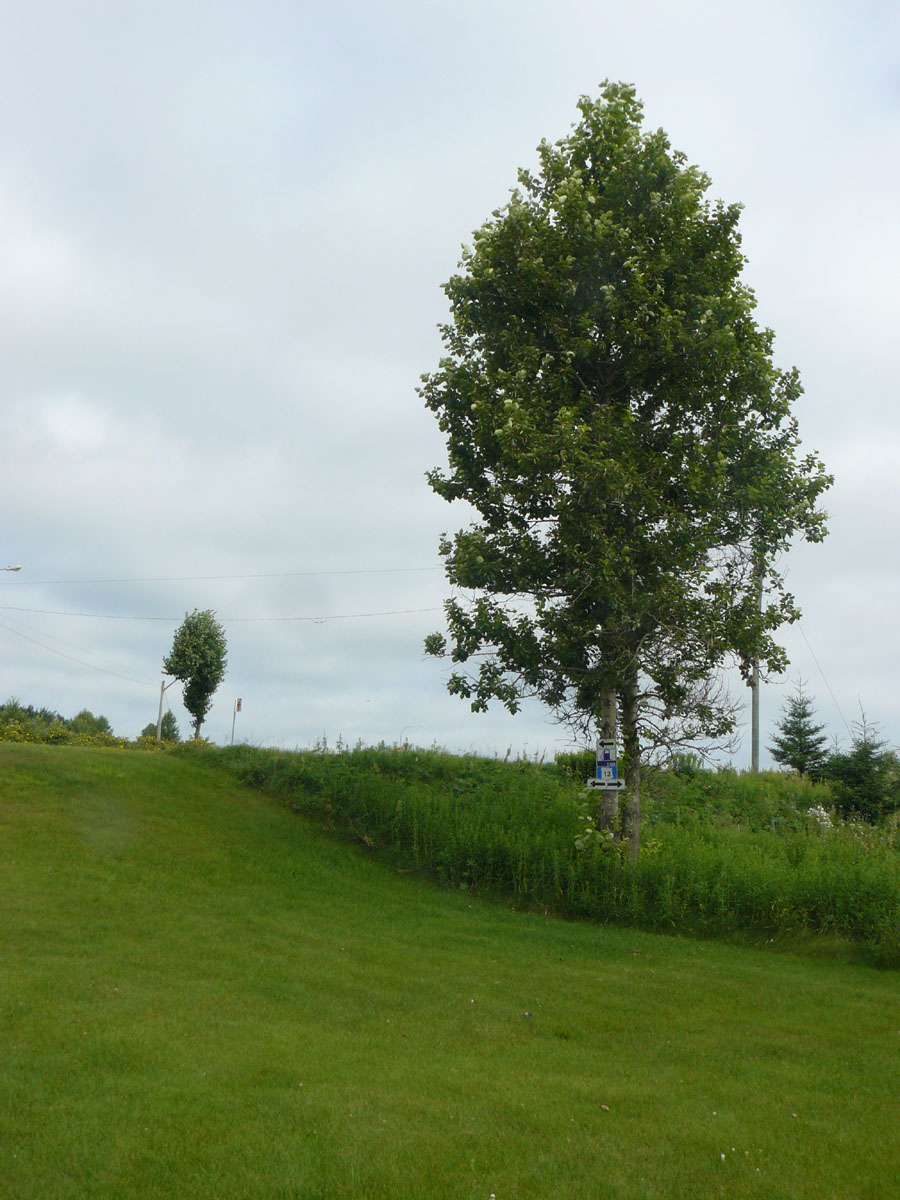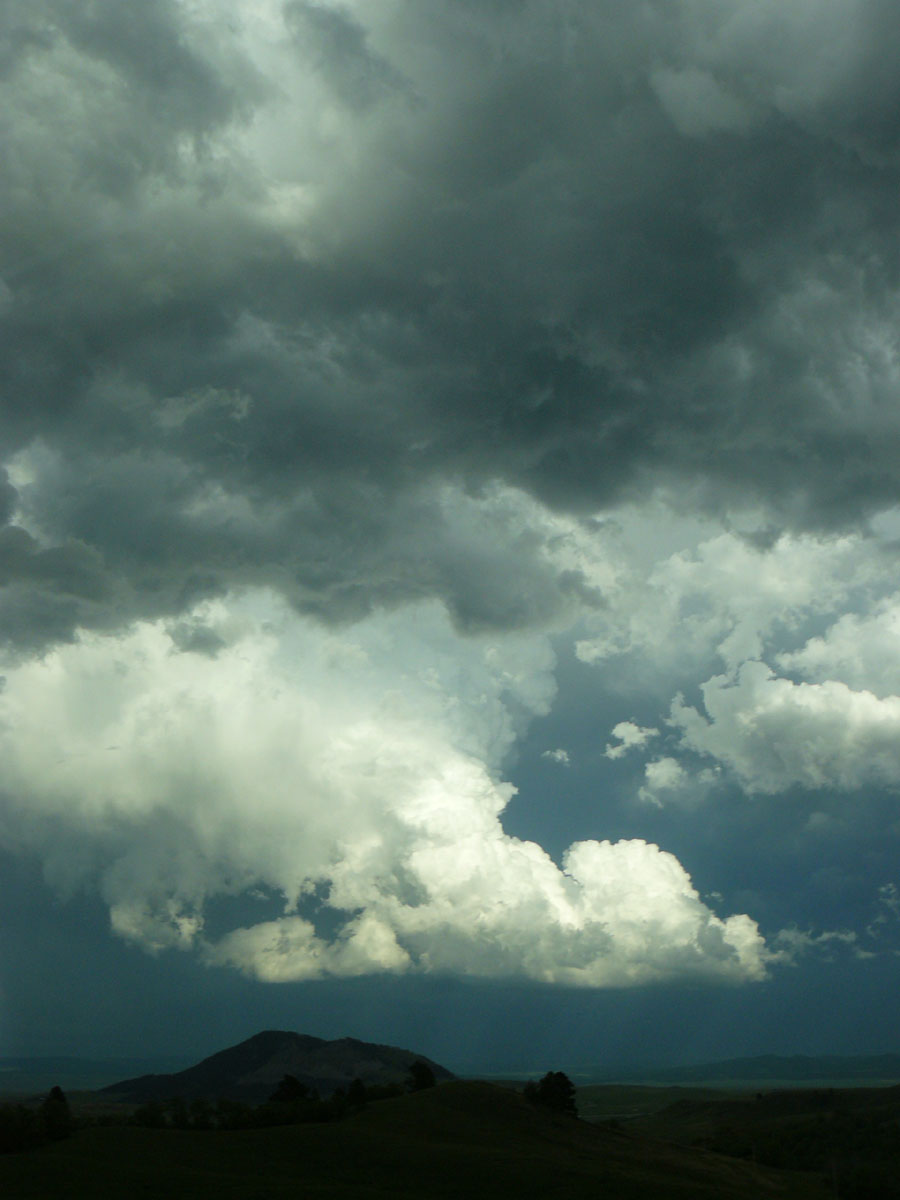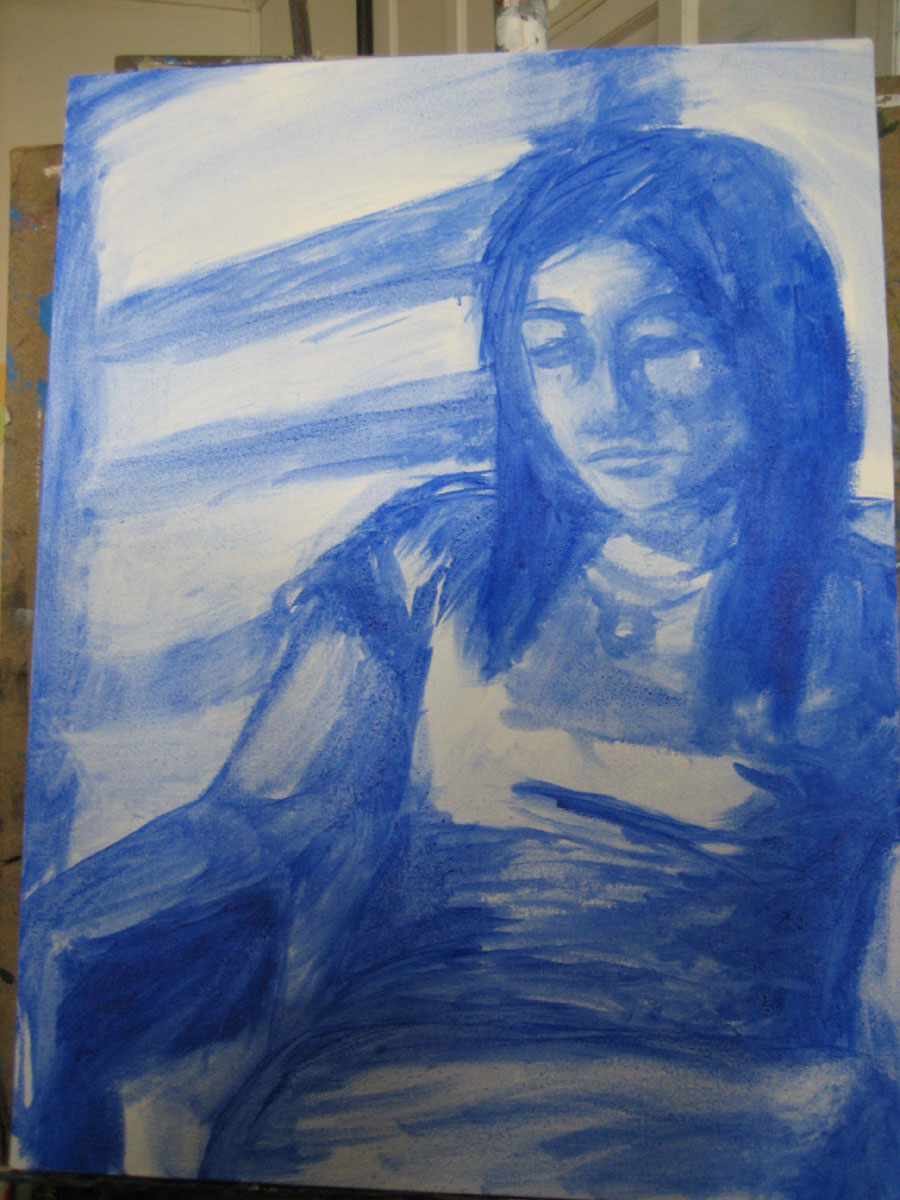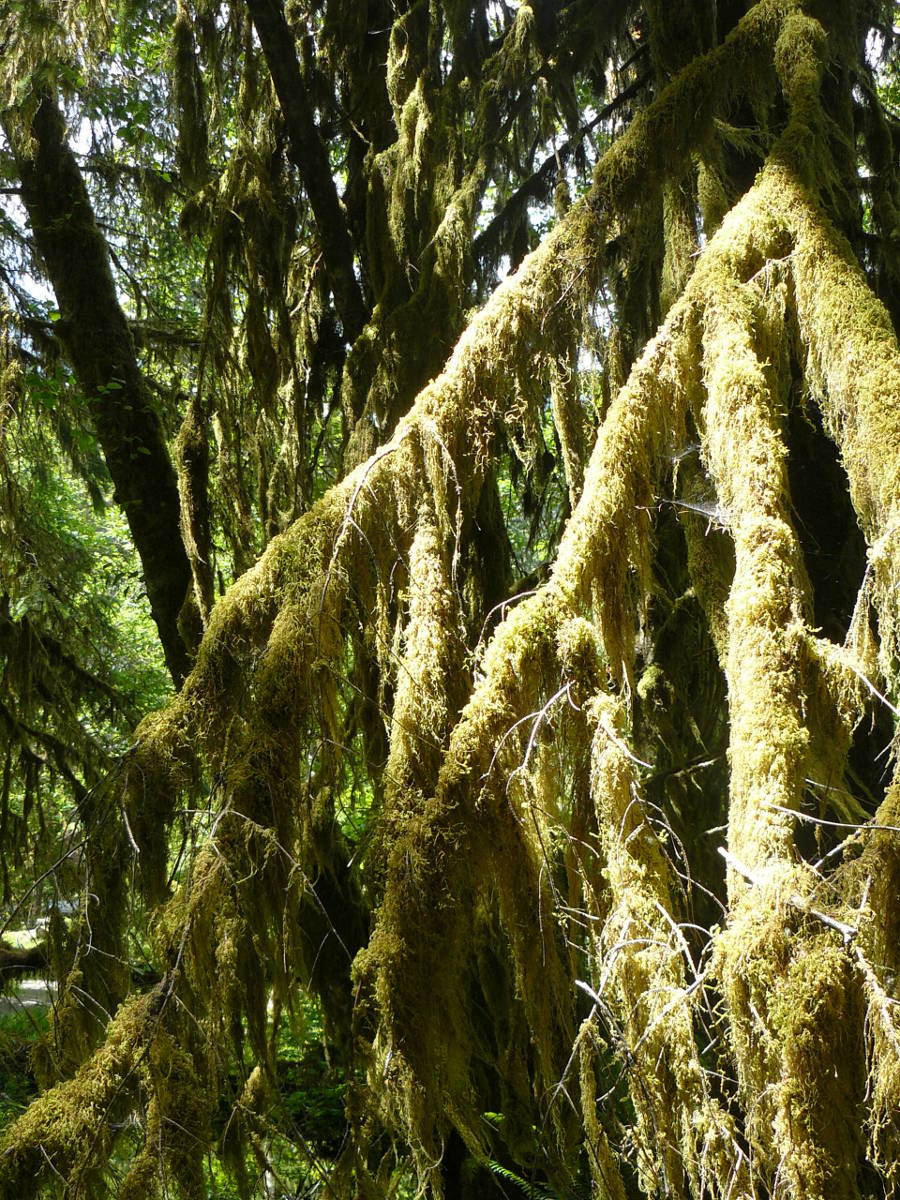 Location Taken: Olympic National Park, Washington
Location Taken: Olympic National Park, Washington
Time Taken: June 2008
During my first trip to Seattle, one of the places I made sure we went to is the Hoh Rainforest. It’s one of the temperate rainforests you find dotted along the northwest coast of North America.
If you don’t know, temperate means it’s in the middle latitudes, in the areas where it does occasionally get cold enough for snow and frost, so they actually do have seasons here. Which means there’s a lot less in the way of monkeys and toucans and more in the way of elk and raccoons. Oh, and fangirls of sparkly vampires, since Forks, the town where the Twilight series is set, is about an hour drive away, and there’s all sorts of people both visiting due to and capitalizing on the sparkly vampire craze.
But the rainforest is much calmer. Moss grows thick on the trees, and rain falls daily – wait, no, not daily. It might fall that frequently or more in other parts of the year, but the area does have a dry sunny season. And it does hit the rainforest as well every so often, including the year we visited. They were in solid drought conditions for the area at the time. Which still means much wetter than 90% of the Earth’s surface, but the moss was mostly dried out, the plants were looking a bit sad, and the streams were running low.
At least that meant there was sun to illuminate the moss, rather than the standard gray-skied photos you see of the area. Admittedly, it just made the moss look that much drier, so it was a bit of a wash. I would have preferred the rain, really, even if it meant I had to juggle an umbrella and my camera while walking the paths. So I’ll have to go back at some point when there’s more moisture in the area, to get the real Hoh Rainforest experience. You know, the one with soggy shoes.

